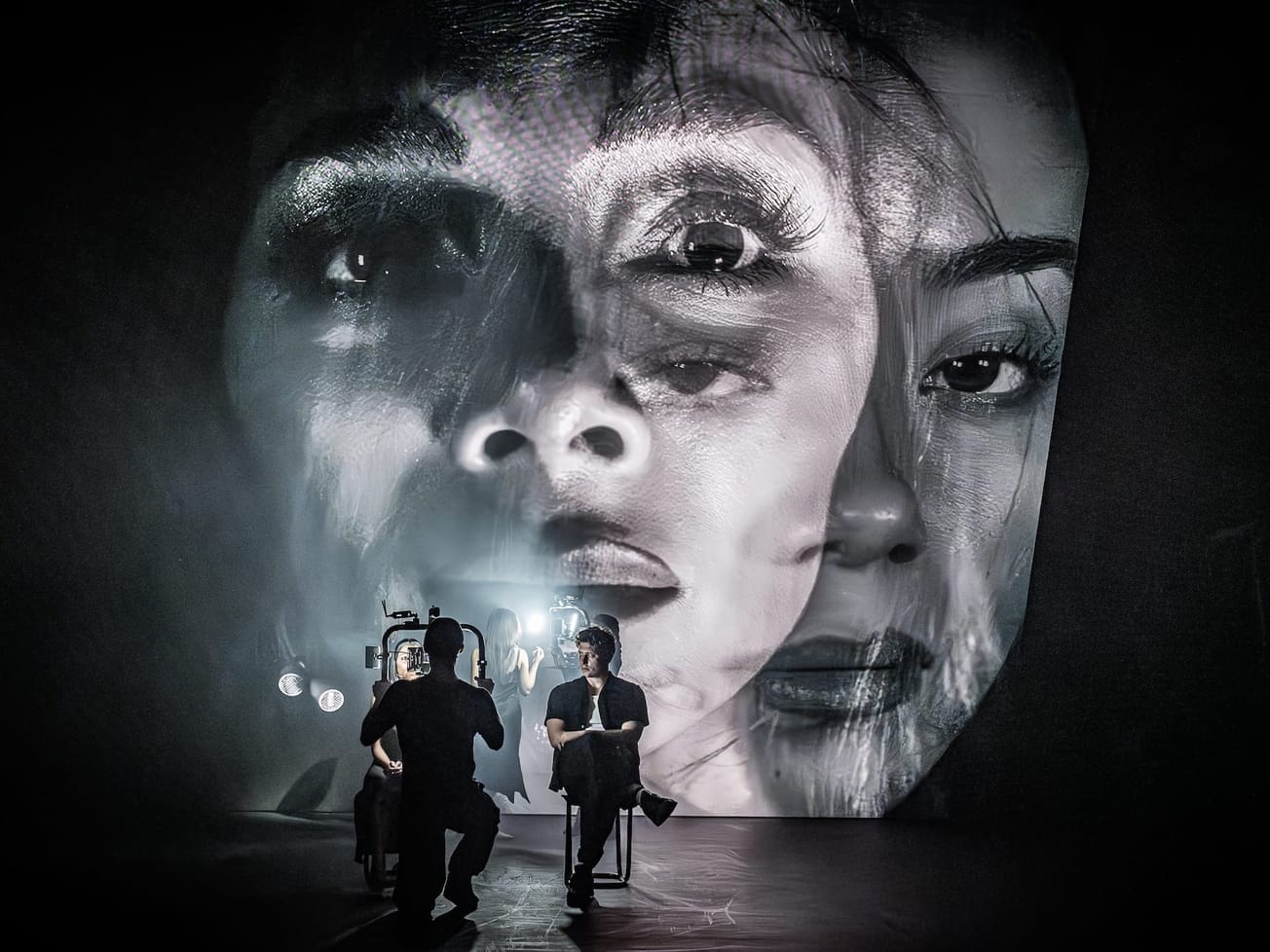The life of pi is infinite. Literally, because the mathematical constant “pi” is a limitless irrational number. And figuratively, because Yann Martel’s bestselling book “Life of Pi” continues to capture the hearts of readers across the globe. In that book, adapted for stage by Lolita Chakrabarti, central character Pi is just as boundless as the algebraic figure he’s named after. Case in point, Pi is Hindu, but also goes to church and mosque on the weekends. During a moment of crisis he cries out “Vishnu preserve us, Allah protect us, Christ save us.” At only 17, Pi — born Piscine Molitor Patel — knows that God’s name matters less than his voice. And Pi wants that voice to answer his questions about human suffering before he has even experienced his extreme bout of it. Pi is not afraid to hold seemingly opposite logics and faiths in the same hand. Neither is Chakrabarti in a brilliantly-staged dramedy that constantly blurs the lines between fact and fiction.
“Life of Pi” begins with our boyish hero (Hiran Abeysekera) in a Mexican hospital room circa 1978, hiding from Japanese Ministry of Transport investigator Mr. Okamoto (Daisuke Tsuji) and Canadian Embassy worker Lulu Chen (Kirstin Louie). The two want to know what led to the sinking of the ship Tsimtsum on its journey from India to Canada; a crash which killed everyone on board except for Pi, including his family. “I’ve had a terrible trip,” Abeysekera delivers with an arid sarcasm that seems unlikely for a teenage boy. But 227 days abandoned at sea (as we find out Pi has endured) laughs in the face of 17 years on land. Especially when, according to Pi, that time was spent on a lifeboat with an anxious orangutan, a crippled zebra, an insatiable hyena and a ferocious Bengal tiger named Richard Parker, all of which were cargo on the same now-sunken ship.


























































